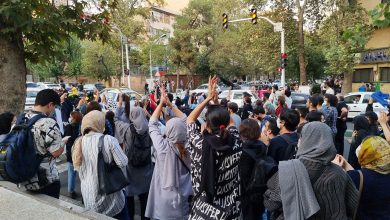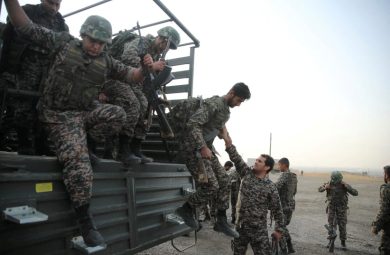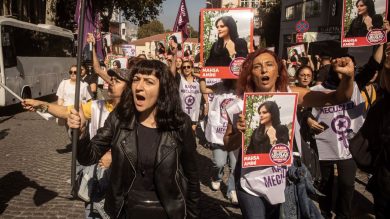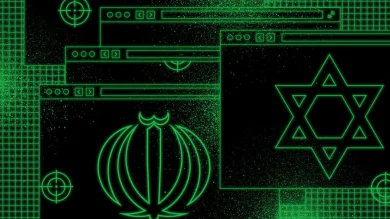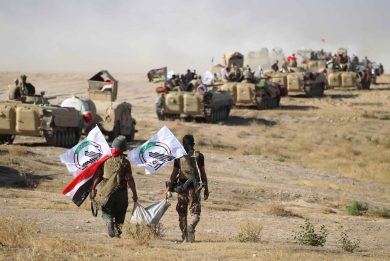In the Islamic Republic of Iran, the Islamic Revolutionary Guard Corps (IRGC) serves as one of the most powerful instruments of state repression. It has long been a central force in enforcing the regime’s strict interpretation of Islamic law, particularly in matters of gender control and women’s rights. Through a combination of legal mechanisms, physical intimidation, digital surveillance, and brutal crackdowns, the IRGC has systematically targeted women who challenge patriarchal norms, campaign for equality, or simply seek basic civil liberties.
The death of Mahsa Amini in 2022 at the hands of the so-called “morality police” (under the broader influence of the IRGC) triggered one of the largest uprisings in Iran’s modern history, led prominently by women and girls. The slogan “Women, Life, Freedom” became both a battle cry and a unifying global movement.
This report explores:
• The role of the IRGC in policing and repressing women.
• Legal and extralegal tactics used against women’s rights activists.
• The experience of women in prisons controlled by the IRGC.
• The IRGC’s role in digital surveillance and censorship.
• Testimonies and case studies.
• Recommendations for international response.
1. IRGC’s Role in Enforcing Gender-Based Laws
The Architecture of Gender Repression
The Islamic Republic enforces a series of gender-based laws including:
• Mandatory hijab enforcement.
• Segregation in education, sports, and public services.
• Legal inequalities in marriage, divorce, and inheritance.
While these laws originate in legislation, the IRGC is the enforcement muscle, especially when women’s defiance is seen as political protest.
The Morality Police and Basij Militia
Though the Gasht-e Ershad (Guidance Patrols) are technically under the Ministry of Interior, their operations are closely coordinated with the Basij militia, a paramilitary force under the IRGC. Together, they:
• Patrol streets to monitor dress code adherence.
• Arrest women for violations like improper hijab.
• Engage in public beatings, arrests, and even abductions.
2. Crackdowns During Protests
Women as Leaders and Targets
Women led many protests after Mahsa Amini’s death, often removing hijabs, dancing in public, or organizing on social media. The IRGC:
• Arrested thousands of women protesters.
• Used live ammunition and rubber bullets against peaceful demonstrators.
• Conducted midnight raids on women’s homes.
Mass Detentions and Legal Abuse
Following protests:
• Women faced charges like “spreading corruption” and “acting against national security.”
• Many were denied access to lawyers and subjected to coerced confessions broadcast on state media.
3. Inside the Prisons: Torture and Psychological Warfare
Notorious Facilities
• Evin Prison (Tehran) and Qarchak Prison (Varamin) are controlled directly or indirectly by the IRGC.
• Women are placed in solitary confinement for months.
• Political prisoners are often denied medical treatment.
Documented Abuses
• Reports of torture, beatings, and sexual violence.
• Use of psychological pressure, such as threats against family members.
• Forced confessions under duress, often aired on state TV.
4. Digital Surveillance and Online Harassment
The IRGC’s cyber unit tracks dissent online:
• Monitors Instagram, Telegram, WhatsApp, and Signal for activist activity.
• Hacks phones and email accounts.
• Uses spyware to locate and arrest online organizers.
Activist women are especially vulnerable, with many receiving:
• Threatening messages.
• Online smear campaigns.
• Public doxxing and character assassination.
5. Case Studies and Voices from Inside
Narges Mohammadi
A leading voice for human rights, Narges has:
• Been imprisoned multiple times.
• Exposed torture and abuse inside Evin Prison.
• Continued to write from solitary confinement.
Sepideh Gholian
Labor rights activist:
• Arrested and tortured.
• Forced to give a televised confession.
• Upon release, she protested again—and was re-arrested.
Nasrin Sotoudeh
Human rights lawyer:
• Defended women jailed for opposing the hijab.
• Sentenced to over 30 years combined for “propaganda against the state.”
• Tortured and denied medical care.
6. International Reactions and Responses
UN and Human Rights Watch
• Condemn the IRGC’s human rights abuses.
• Call for investigations into crimes against women in detention.
Sanctions and Designations
• The United States has designated the IRGC a Foreign Terrorist Organization (FTO).
• Activists urge the European Union, UK, and Canada to follow suit.
• Targeted sanctions have been placed on individual IRGC commanders involved in repression.
7. Recommendations
To Governments
• Designate the IRGC as a terrorist organization.
• Impose targeted sanctions on individuals involved in human rights violations.
• Create safe asylum pathways for women activists fleeing persecution.
To International Organizations
• Increase support for documentation of abuses.
• Fund digital security training for Iranian women.
• Advocate for the release of political prisoners.
To Civil Society
• Amplify Iranian women’s voices.
• Support digital campaigns like #WomenLifeFreedom, #FreeIranianWomen, and #BanIRGC.
• Organize protests and lobbying efforts in solidarity.
Conclusion
The IRGC’s crackdown on women’s rights is not just a national crisis—it is a global human rights emergency. Iranian women are fighting not only for themselves, but for the soul of their nation. They are demanding dignity, choice, and freedom from the military control of their bodies and voices. As the IRGC intensifies its crackdown, the world must intensify its support.
Join Our Newsletter!
Stay informed with the latest updates, news, and ways to take action in the fight for justice and global security. Sign up now to get updates delivered straight to your inbox!

